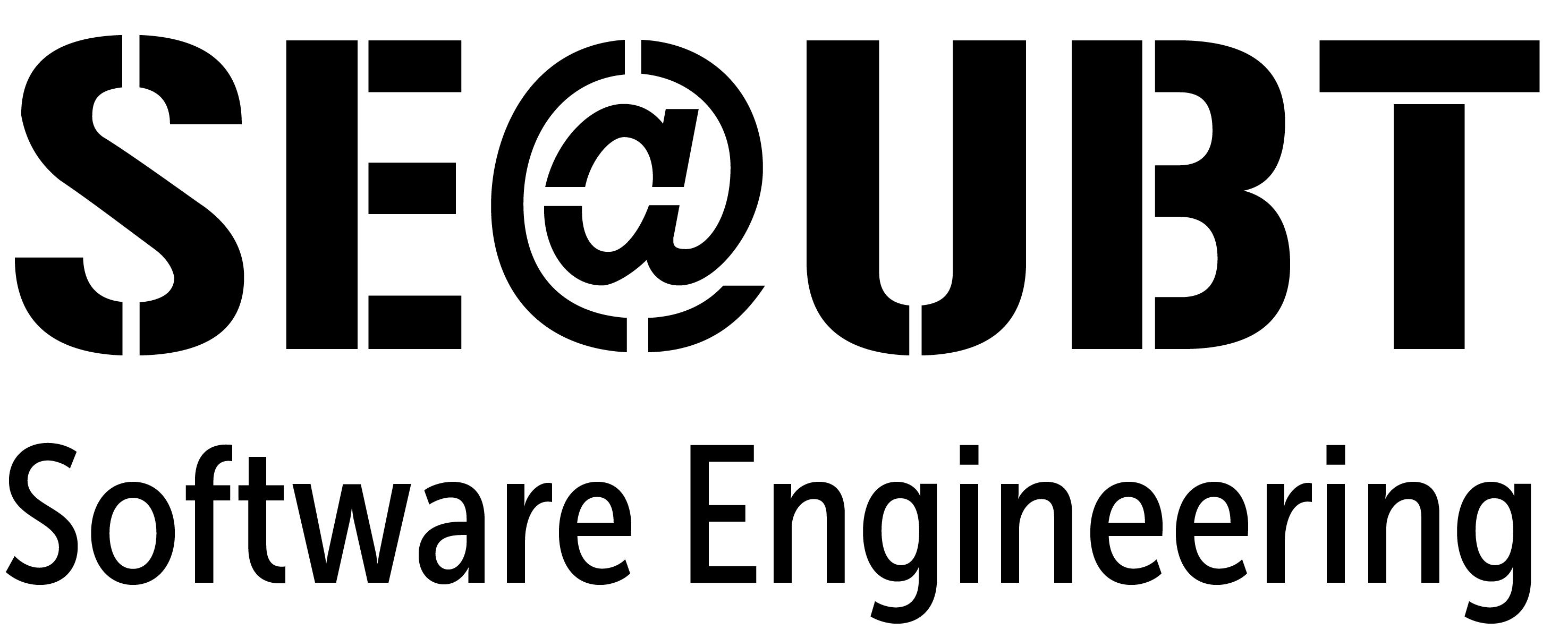Questions and Answers (Thesis)
Usage of terms must (not), should (not), and may according to RFC 2119. See also the Q&A on seminars.
How to cite correctly?
Please refer to these guidelines for citing in scientific papers. As reference style, you can use either the format suggested in the guidelines ([<Name><YY><a>], e.g., [John12]) or a simpler format using numbers ([<Number>], e.g., [3]). If there are multiple sources, you can cite them like this: [1-3, 5] for sources 1 to 3 and 5. Do not use citation keys as subjects or objects in sentences. Use the author names instead: Author et al. [1] for more than two authors, only the author last name for one author, and both author last names separated by and for papers with two authors.
How should transitively referenced papers be cited?
Good scientific practice is to always look at the primary sources when citing (see, e.g., the APA Guidelines). When writing a scientific paper or report, you must consult the primary sources if available. If you want to cite a primary source that is not available, you may, with the approval of your supervisor, rely on the secondary source (i.e., a paper citing that paper).
Is there a template for the report or thesis?
For your report or thesis, you may use the thesis template that we provide. You may use a different layout or customize it according to your preferences. The general structure of the report or thesis must roughly correspond to the following outline:
- Cover Page
- Abstract
- Contents (index)
- Introduction (including a problem statement)
- Background (including related work)
- You are free to structure the main part of the report or thesis depending on your topic
- Discussion (including a critical reflection)
- Conclusion (including an outlook and ideas for future work)
- References
You must discuss the outline of your report with your supervisor.
Is there a template for the slides?
You may use the PowerPoint template that the University of Bayreuth provides (available here). However, you are not bound to a specific template or presentation tool.
To what extent can LLM-based tools be used for the report or thesis?
In general, a tool based on LLMs (Large Language Models) is treated like any co-author. Therefore, using it without proper attribution is considered plagiarism. The same regulations that apply to human assistance (e.g., writing centers) generally apply here as well.
If you use LLMs, you must acknowledge its using in the “Eigenständigkeitserklärung” (see thesis template). We refer to further resources for citing and attributing LLM-generated content:
- ACM Policy on Authorship, specifically the sections on “Can I use generative AI software tools to prepare my manuscript?” and “If I use generative AI software tools, under what conditions must I disclose their use in my Work?”.
- KI-Leitlinie Hochschullehre Bayern
- Leitfaden “Aus KI zitieren” Universität Basel, referring to the guidelines of the Modern Language Association of America: “How do I cite generative AI in MLA style?”
- APA recommendations on “How to cite ChatGPT”
- LLM Literacy, in particular the section”Zitieren und Paraphrasieren mit KI”.
If you have any questions, please feel free to reach out to your supervisor.
